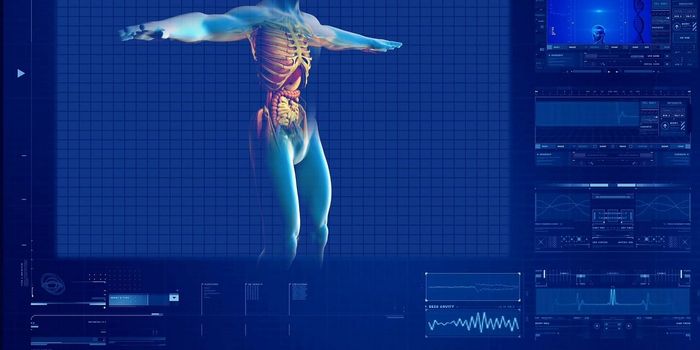Nanoparticle Technology Improves Therapeutic Delivery to the Brain
For a while, researchers have discovered key mechanisms involved in leading to neurodegenerative diseases. However, despite the discovery of these pathways--translation to clinical therapeutic outcomes has been a challenge.
Now, researchers have found a way to address the issue through a nanoparticle platform to facilitate delivery of drugs to the brain.
"It's very difficult to get both small and large molecule therapeutic agents delivered across the BBB," said corresponding author Nitin Joshi, PhD, an associate bioengineer at the Center for Nanomedicine in the Brigham's Department of Anesthesiology, Perioperative and Pain Medicine. "Our solution was to encapsulate therapeutic agents into biocompatible nanoparticles with precisely engineered surface properties that would enable their therapeutically effective transport into the brain, independent of the state of the BBB."
Learn more about nanoparticle technology:
"To be able to deliver agents across the BBB in the absence of inflammation has been somewhat of a holy grail in the field," said co-senior author Jeff Karp, PhD, of the Brigham's Department of Anesthesiology, Perioperative and Pain Medicine. "Our radically simple approach is applicable to many neurological disorders where delivery of therapeutic agents to the brain is desired."
"To be able to deliver agents across the BBB in the absence of inflammation has been somewhat of a holy grail in the field," said co-senior author Jeff Karp, PhD, of the Brigham's Department of Anesthesiology, Perioperative and Pain Medicine. "Our radically simple approach is applicable to many neurological disorders where delivery of therapeutic agents to the brain is desired."
"In addition to demonstrating the utility of this novel platform for drug delivery into the brain, this report establishes for the first time that systematic modulation of surface chemistry and coating density can be leveraged to tune the penetration of nanoparticles across biological barriers with tight junction," said first author Wen Li, PhD, of the Department of Anesthesiology, Perioperative and Pain Medicine.
Learn more about the blood-brain barrier (BBB):
"For clinical translation, we want to look beyond tau to validate that our system is amenable to other targets," Karp said. "We used the TBI model to explore and develop this technology, but essentially anyone studying a neurological disorder might find this work of benefit. We certainly have our work cut out, but I think this provides significant momentum for us to advance toward multiple therapeutic targets and be in the position to move ahead to human testing."
Source: Science Daily









